T4K3.news
Instagram Maps privacy check
Review who can see your location and consider turning off Map to protect your privacy.

Privacy experts warn about real time location sharing on Instagram Maps and what users should know.
Instagram Maps tests user privacy and calls for stronger controls
Instagram has rolled out a Map feature that lets users share their real time location with followers they choose. It is off by default and requires opt in to reveal a person’s whereabouts. When active, posts tagged with a location appear on the map for 24 hours and update whenever the app is opened or returned to. Users can limit who sees their location by selecting followers or a custom list and can disable the feature at any time.
Meta representatives say the tool is optional and only visible to people the user approves. They emphasise that no live location is shared unless consent is given and that users can opt out in settings. Still, privacy experts point to a gap between what people think they understand about privacy settings and how those settings actually work, noting that many users struggle to gauge data exposure across apps and over time.
Key Takeaways
"Instagram Map is off by default, and your live location is never shared unless you choose to turn it on"
Meta describes opt in as the path to visibility
"We're double-checking everything, but so far it looks mostly like people are confused and assume that, because they can see themselves on the map when they open, other people can see them too"
Mosseri addressing user confusion
"Consent must be continuous not just a single click"
Editorial stance on ongoing consent in location sharing
"Teens pay the price when real world data meets online fame"
Commentary on teen safety and peer pressure
The map feature sits at the crossroads of social connection and data exposure. It promises a lighter way to share context, but it broadens the circle of real world data that can be traced back to a user. Opt in is a step forward, yet design and onboarding matter just as much as options. The risk is not only who sees your location, but how it shapes behavior and expectations across different circles. The debate over minors’ safety and the potential for harassment or stalking will intensify if these features become standard across platforms.
Highlights
- Consent must be continuous not just a single click
- Teens face new pressures when friends track where they are
- Clear privacy labels are overdue on social apps
- Location sharing invites risk even when you think you control it
Privacy and safety risks from real time location sharing
The feature raises concerns about real time tracking, data exposure, potential harassment, and confusion over consent. It invites scrutiny from privacy advocates and regulators, especially given teen use and cross circle sharing.
Safer sharing will require clearer choices and stronger protections.
Enjoyed this? Let your friends know!
Related News
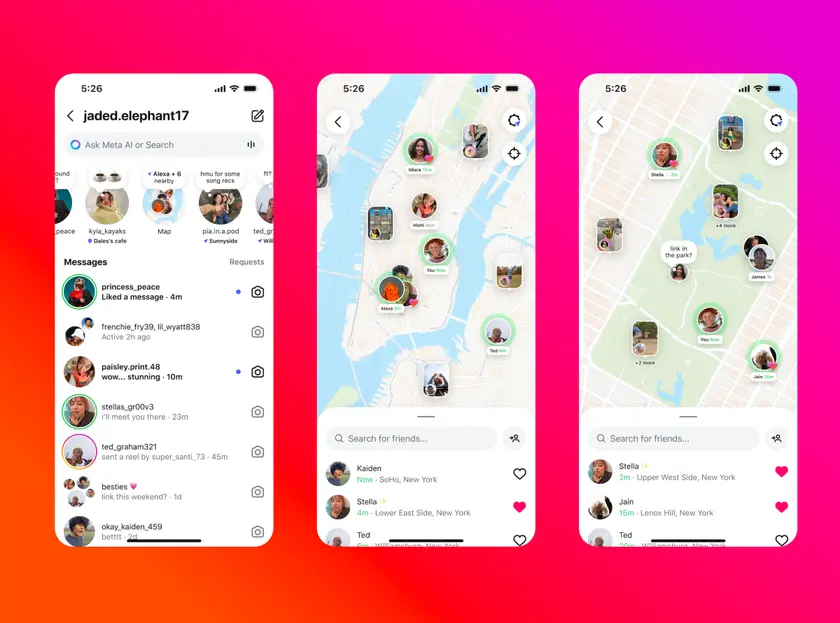
Instagram Map privacy raises questions
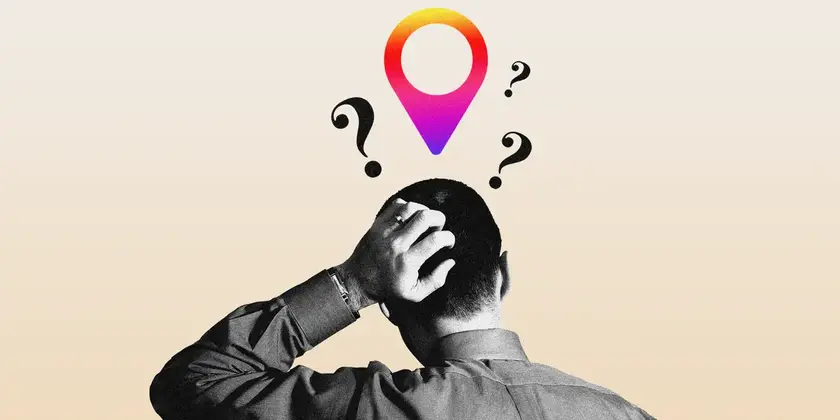
Instagram Maps Under Scrutiny
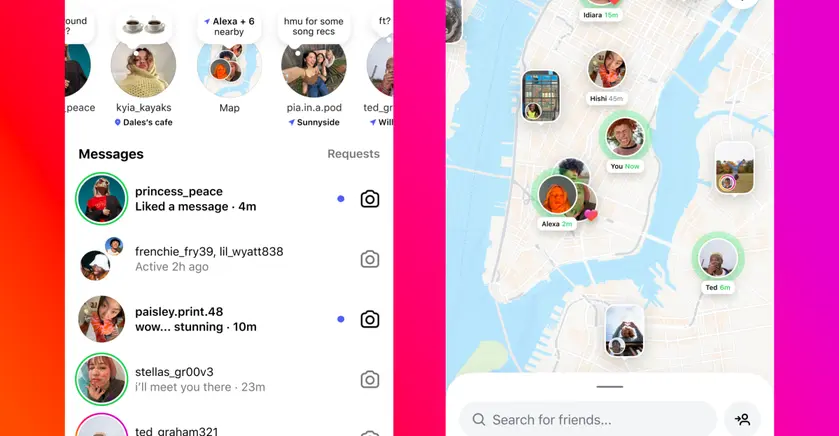
Instagram Map launches with privacy concerns
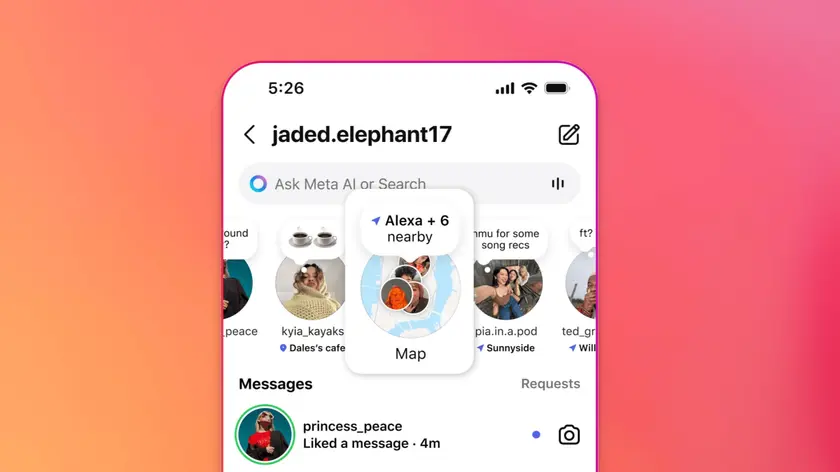
Instagram Launches Repost Feature and Interactive Map
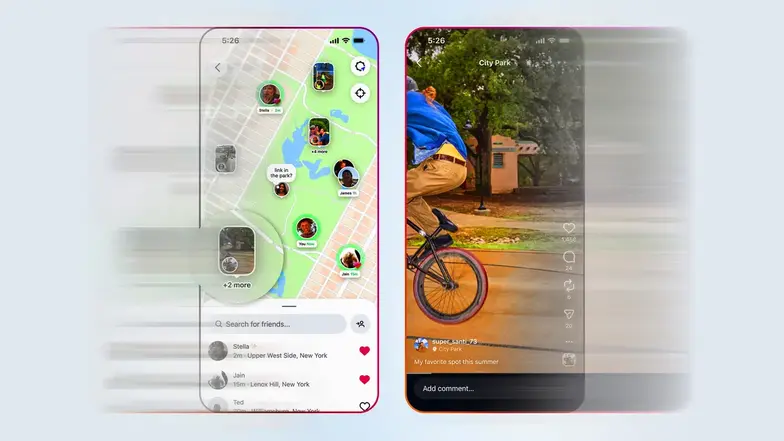
Instagram Map feature raises privacy concerns

Instagram expands map and Friends Reels despite privacy concerns
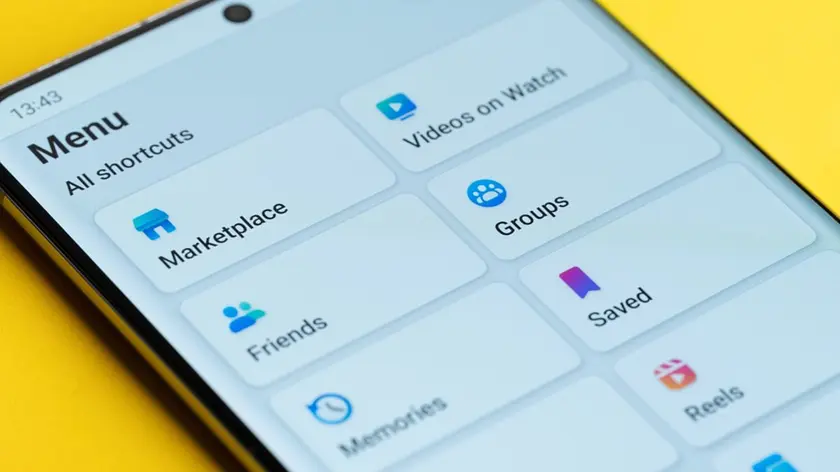
Investigation reveals privacy risks in top apps
Top apps face scrutiny for data tracking
